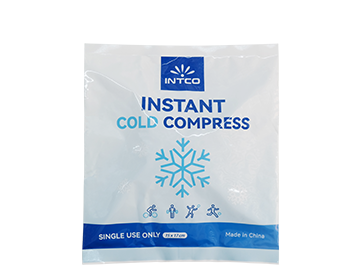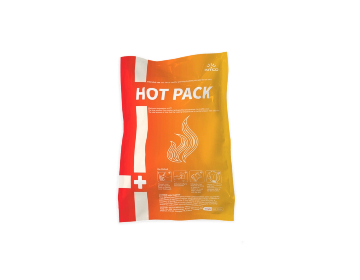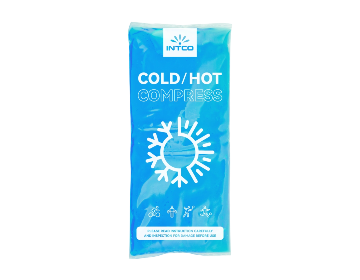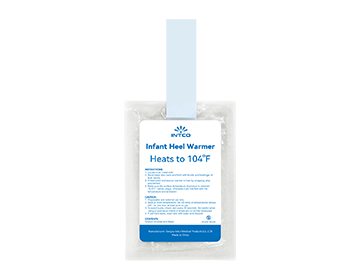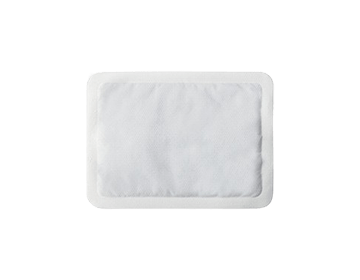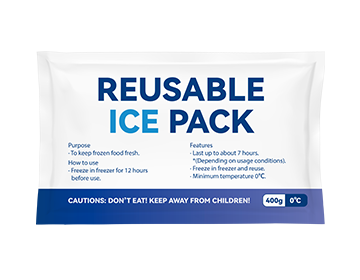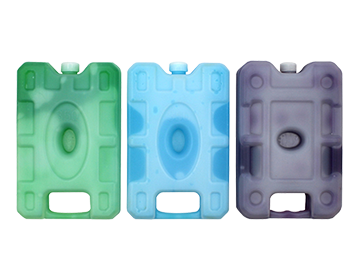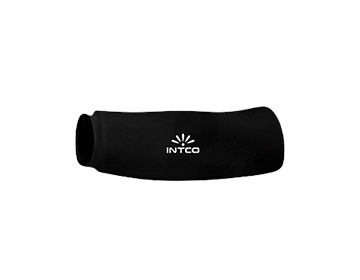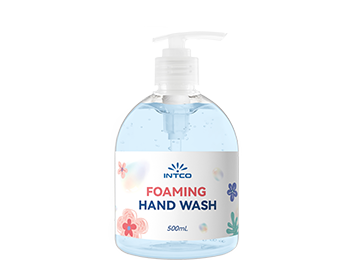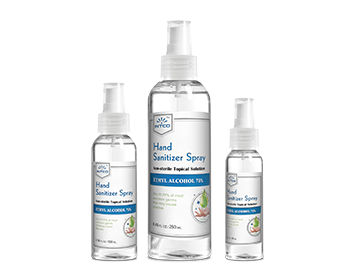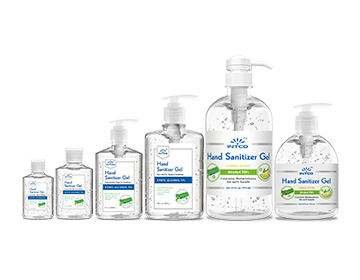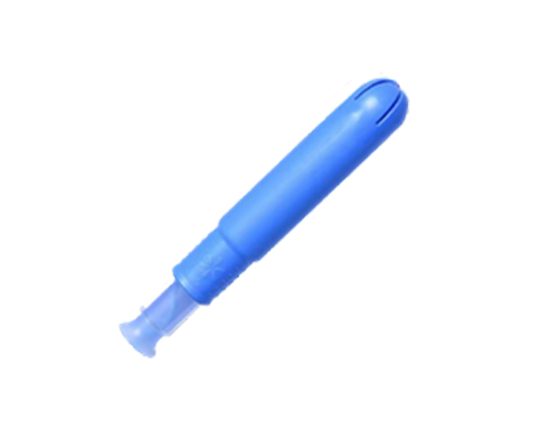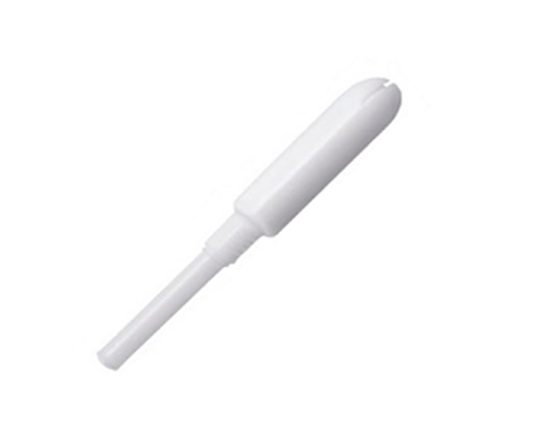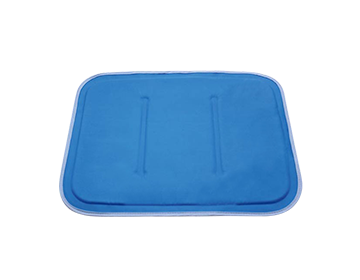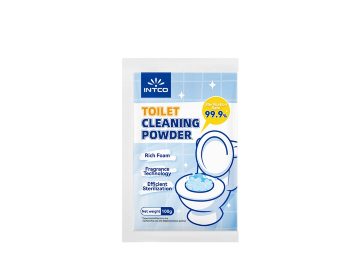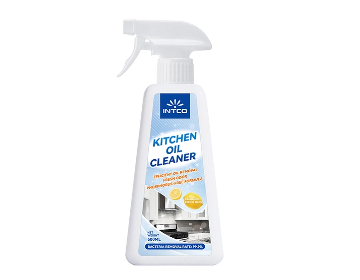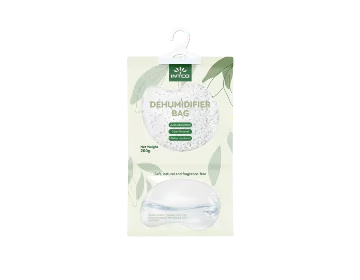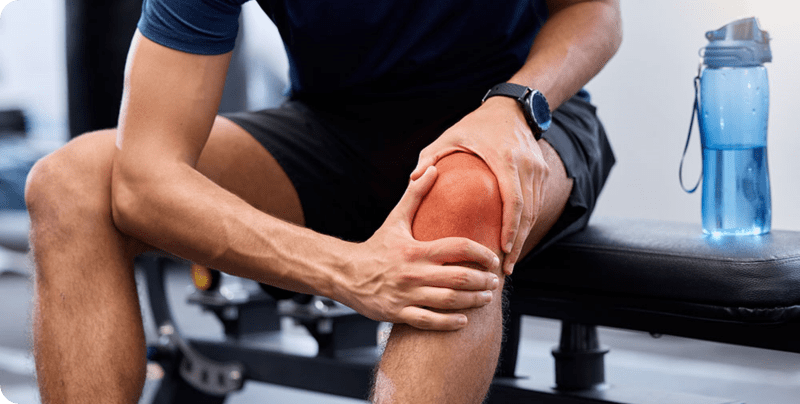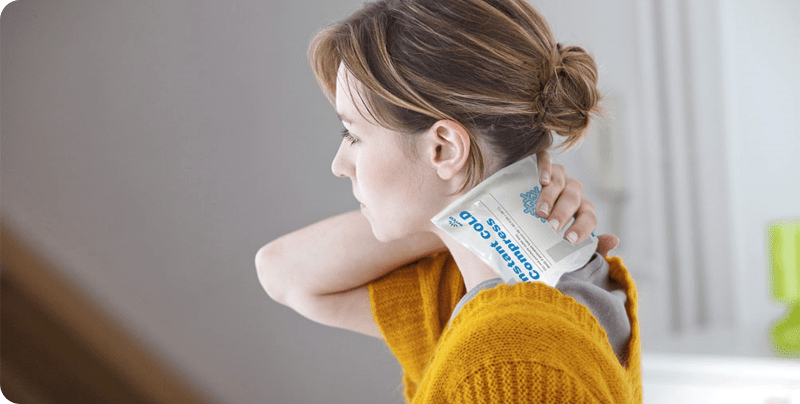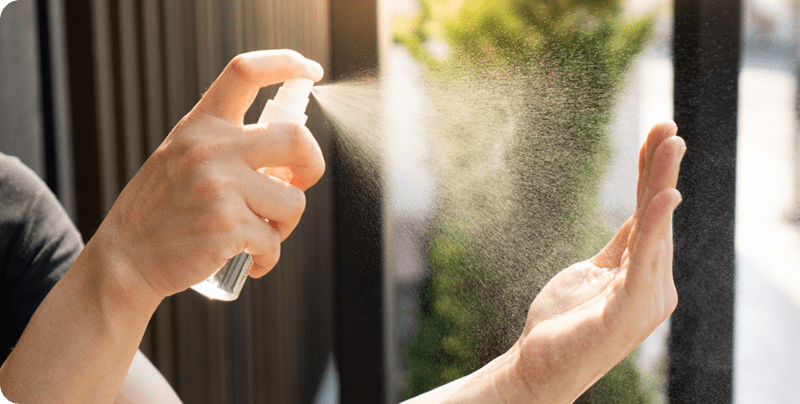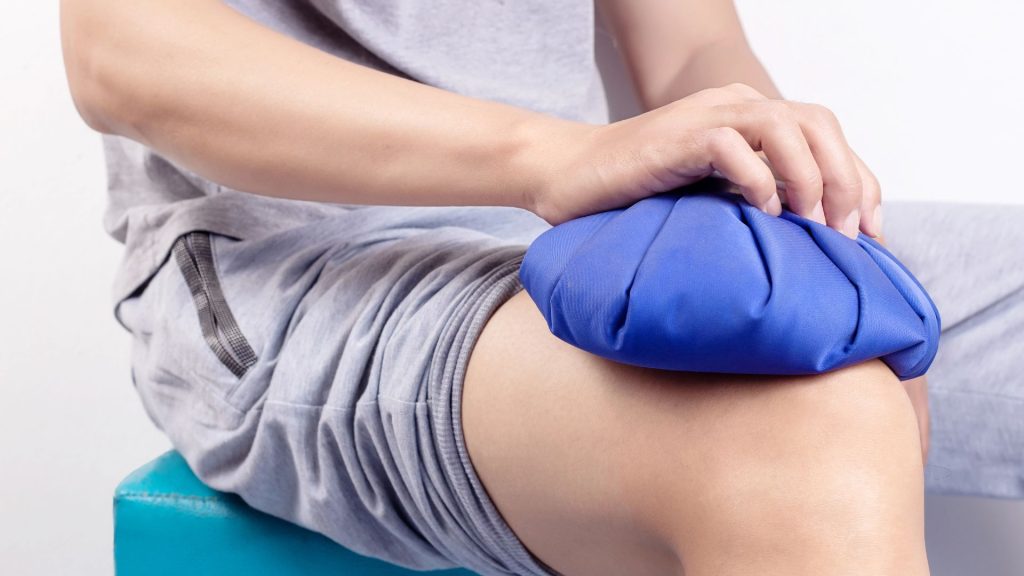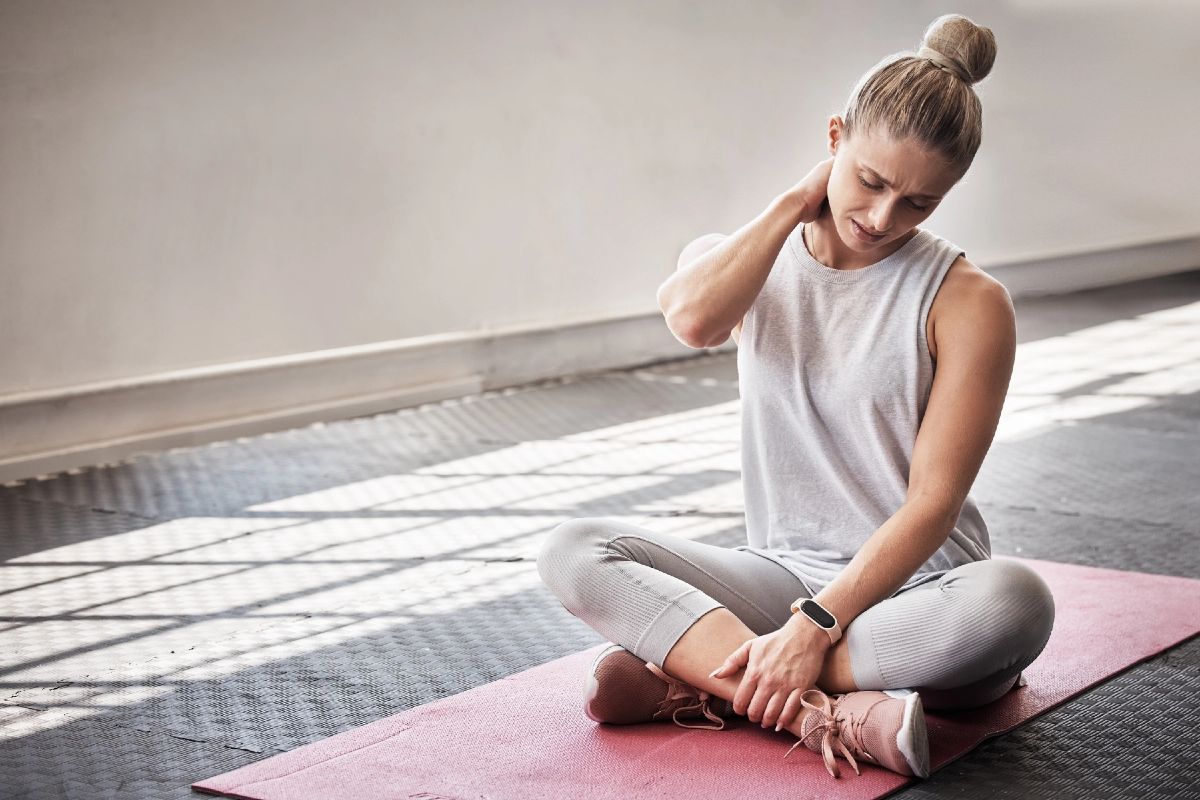Cold Wraps for Arthritis Relief: Do They Really Work?
Arthritis causes joint pain, stiffness, swelling, and often significantly impairs quality of life. Among nonpharmacological interventions, cold wraps (cryotherapy) are widely used by patients and therapists alike. But do they truly offer meaningful relief, or are they mostly placebo? In this article, we’ll explore the evidence, mechanisms, practical tips, and precautions of using cold wraps for arthritis—adding perspective and guidance to your site.
How Cold Wraps (Cryotherapy) Are Supposed to Work
Physiological mechanisms
Cold wrap therapy aims to reduce local temperature in the tissues, triggering physiological changes:
· Vasoconstriction: Narrowing of blood vessels reduces blood flow, which helps limit swelling and fluid accumulation in and around the joint.
· Reduced metabolic rate: Cooling lowers cellular metabolism and enzyme activity, which may slow inflammatory cascades.
· Nerve conduction slowdown: Cold can reduce the speed of nerve signal transmission, thereby dulling pain.
· Modulation of inflammatory mediators: Some controlled research shows local ice application reduces levels of synovial pro-inflammatory cytokines (e.g. IL-6, IL-1β) in arthritic knees.
Together, these effects may temporarily relieve pain and swelling—but they are palliative, not curative.
What types of cold therapy exist?
Cold wraps are one modality. Others include:
· Ice packs or gel packs (flexible)
· Cold massage or ice massage
· Cold water immersion or whirlpools
· Whole-body cryotherapy (for generalized applications)
Cold wraps are practical because they combine flexibility, relatively low cost, and ease of use—especially for joints like knees, elbows, and wrists.
What the Scientific Evidence Says
While cold wraps are ubiquitous, the clinical evidence is mixed. Below is a breakdown by arthritis type and study quality.
Osteoarthritis (OA)
In osteoarthritis, cold therapy is often used to relieve acute pain and swelling episodes.
· A Cochrane review of thermotherapy (heat + cold) cites a study in which applying cold packs for 20 minutes (10 sessions) reduced swelling more than no treatment.
· Another review mentions that cold (cryotherapy) is often used to reduce inflammation, pain, and edema, facilitating improved mobility in OA.
· However, a 2019 trial showed that short-term cryotherapy was not significantly superior to a sham treatment in improving pain or function in knee OA patients.
Thus, while cold wraps may help symptomatically, their effects are modest and not reliably robust across studies.
Rheumatoid Arthritis (RA) & Inflammatory Arthritis
RA involves active inflammation, swelling, and synovitis more than wear-and-tear.
· A randomized trial comparing different cryotherapies in RA patients found that local cold application reduced subjective pain and inflammation markers.
· However, a broader review of thermotherapy in RA concluded there was no strong evidence that cold or heat improved objective disease activity (joint swelling, medication use) significantly—but they can be used as adjunct (“palliative”) therapy.
Summary of Efficacy
|
Condition / Setting |
Evidence Summary |
Likely Benefit of Cold Wraps |
|
Osteoarthritis (knee, hand) |
Some studies show reduced swelling, pain; others inconclusive |
Moderate, short-term symptom relief |
|
RA / Inflammatory arthritis |
Local reduction of pro-inflammatory mediators in small studies; weak evidence for disease modification |
Useful adjunct during flares |
|
Chronic arthritis (long-term use) |
Mixed results; hard to sustain strong evidence |
Safe, low-cost symptom management tool |
In sum, cold wraps can be beneficial, especially for acute flares or localized swelling, but they are not a standalone cure.
When & How to Use Cold Wraps Effectively
Indications: when to try cold wrap
· During acute flare-ups with heat, swelling, or active inflammation
· After activities that aggravate the joint
· When stiffness is accompanied by pain and mild swelling
· To “cool down” a joint after warm-up or heat therapy
Cold is less helpful (or even counterproductive) when the joint is stiff, cold, or in a chronic but non-inflamed state.
Application guidelines
· Duration: 10–20 minutes per session is a common recommendation.
· Frequency: 2–3 times daily or as needed, with breaks between sessions.
· Barrier to skin: Always wrap the cold wrap in a thin towel or cloth to avoid frostbite.
· Check skin frequently: Look for redness, tingling, or pale spots. Stop if discomfort arises.
· Avoid excessive use: Don’t leave cold wrap on too long or fall asleep with it.
· Alternation with heat: Some patients alternate heat and cold to exploit both vascular constriction and expansion.
Practical tips & wrap design features
· Use flexible gel wraps that conform to joint contours.
· Make sure wraps are leak-proof and durable.
· Include a clear window or usage indicator if feasible (to monitor moisture absorption or cold duration).
· Design different sizes for different joints (knees, wrists, ankles).
· Offer options like mild cooling (vs deep freeze) for sensitive skin.
Limitations, Risks & When to Avoid
While cold wraps are generally safe, there are cautions and limitations to keep in mind.
Limitations & diminishing returns
· The effect is temporary—symptom relief lasts only as long as the cooling persists.
· Cold wraps do not address the underlying disease process (cartilage damage, immune dysregulation).
· In long-term, chronic arthritis, too much cold may stiffen tissues or reduce mobility if overapplied.
Risks & contraindications
· Applying cold directly to skin can cause frostbite—always use a barrier.
· Avoid cold therapy in areas with poor circulation, nerve damage, Raynaud’s phenomenon, or cold hypersensitivity. People with conditions like diabetes (neuropathy) or vascular disease should use extra caution.
· Overuse may irritate soft tissues or reduce joint flexibility in some contexts.
When cold wraps may not be effective
· In the absence of active inflammation
· In very advanced arthritis where damage is structural
· When other therapies (pharmacologic, physical therapy) are more central
Integrating Cold Wraps into a Holistic Arthritis Management Plan
Cold wraps work best when combined with other evidence-based strategies.
Coordinate with medications & therapy
Cold wraps should be used as adjuncts, not substitutes for prescribed treatment (NSAIDs, DMARDs, biologics, etc.). Use them in conjunction with physical therapy, gentle exercise, and under supervision of rheumatologists or physiatrists.
Timing & personal experimentation
Patients should trial when cold works best for them—morning flares, post-exercise, or before sleep—and alternate with heat when stiffness predominates.
Monitoring & feedback
Encourage users to track which joints respond best, optimal durations, and any adverse signs. Over time, the wrap approach can be personalized.
Design & manufacturing implications
For a company like INTCO Medical, cold wraps for arthritis should be designed with:
· Ergonomic shapes for major joints
· Reusable, leak-proof materials
· Safety barriers to protect skin
· Optional moderate cooling for sensitive users
· Clear usage instructions and warnings
This ensures the product is both effective and trusted by end users managing chronic arthritis.
INTCO Cold Wraps for Arthritis Relief
Cold wraps come in various designs tailored for different parts of the body. Choosing the right type can improve comfort and ensure targeted relief for arthritis pain.
Neck & Shoulder Gel Wrap
Designed to fit the upper body, this wrap helps reduce stiffness and tension in the cervical and shoulder regions, offering effective cooling relief after long hours of strain.
Waist & Abdomen Gel Wrap
Ideal for lumbar arthritis and back discomfort, this wrap provides broad coverage to ease swelling and soothe inflammation in the lower back and abdominal areas.
Knee Gel Wrap
Targeting one of the most commonly affected joints, this wrap conforms to the knee for focused cold therapy, helping reduce inflammation and restore flexibility.
All three wraps are developed by INTCO Medical, ensuring high-quality materials, ergonomic design, and reliable performance for arthritis management at home or in clinical settings.
Conclusion
Cold wraps can indeed “work” for arthritis—but with nuance. Their real value lies in offering temporary relief of pain, swelling, and inflammation, particularly during flares or after exertion. However, they are not a cure and must be used safely, in moderation, and as part of a broader management plan. For companies like INTCO Medical, a well-designed cold wrap that balances flexibility, safety, and comfort can play a valuable role in patients’ daily self-care routines.
Below is an FAQ section to address common questions.
FAQs
Q1: How long should I leave a cold wrap on a joint?
A: Typically 10–20 minutes per session, with at least 15–20 minutes rest in between. Avoid leaving it on too long.
Q2: Can I use a cold wrap every day?
A: Yes, if done safely. Be cautious of overuse, monitor skin health, and adjust according to response.
Q3: Should I use cold or heat for arthritis?
A: Use cold when joint is inflamed, hot when stiffness predominates, and experiment with alternating to see which helps most.
Q4: Are cold wraps safe for everyone?
A: No. People with circulation problems, nerve damage, cold sensitivity, or certain conditions (Raynaud’s etc.) should consult a doctor before using cold therapy.
Q5: How can I choose a good cold wrap product?
A: Look for leak-proof design, shape that fits your joint, safety barrier for skin, moderate cooling intensity, and clear instructions.

